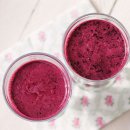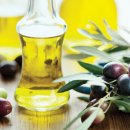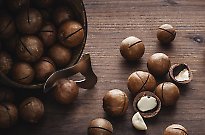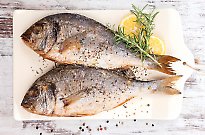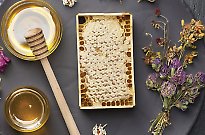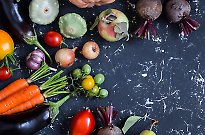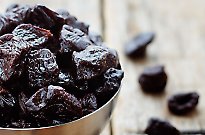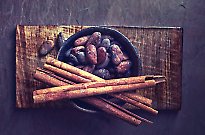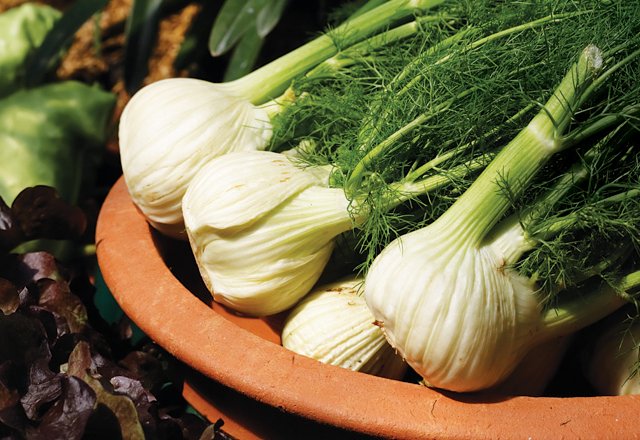
Fibre-rich fennel
Fibre-rich fennel

It’s a fibre-rich vegetable packed with health-boosting properties, from cold-preventing vitamin C to the cancer-fighting phytonutrient, anethole.
A diet staple in India, Pakistan and the Mediterranean, fennel, with its edible feathery leaves and hefty bulb, is becoming more widely sought after in Australian kitchens thanks in most part to nutritionists, chefs and food bloggers.
While beneficial when eaten year-round, fennel is a particularly good winter vegetable, thanks to its ability to aid digestion and warm the body. However, come summer, it’s this very ability that can counteract the negative health effects that come with drinking and consuming cold beverages and foods, such as soft drinks, refrigerated water and ice cream.
According to nutritionist and bestselling author of Be Your Own Nutritionist: Rethink Your Relationship with Food, George Cooper, these chilled foods and drinks stop gut enzymes from working while compromising blood circulation and stomach secretions.
“Fennel is an all-round warming superhero,” he says. “Traditional indications include relief of digestive pain and nausea and stimulation of appetite – it’s also used to warm the uterus, stimulating circulation to treat period pain.”
In many parts of India and Pakistan, roasted fennel seeds, known as mukhwas, are relied on as an after-meal digestive and breath freshener.
Cooper says breastfeeding mothers and their babies can also benefit from fennel, which is usually taken as a tea, thanks to its ability to increase breast milk production and soothe a newborn’s growing gut.
“A word of warning on dose,” Cooper adds. “Fennel seed is mild but powerful. A few grams a day is just fine.”
Fennel for Beauty
More than just a food, fennel is also a popular DIY beauty treatment ingredient that can be added to face masks or used as a powerful cleanser.
As a facemask, blend fennel with clay or fruits such as papaya for an intensely nourishing skin pick-me-up.
Used as a facial steam, fennel works as a powerful cleanser and healer. Simply pour boiling water into a bowl over a generous amount of the chopped vegetable. Place a towel over your head, lean over the bowl and sit for five to 10 minutes.
Grow Your Own
Relatively easy to grow, fennel seeds must be planted about three times the diameter of the seed, in soil temperatures between 10 and 25 degrees Celsius.
For optimum growing conditions, plant alongside sage, chicory, cucumber, lettuce and peas. Expect to harvest your crop within 14 to 20 weeks.
What to Look For
Healthy fennel should produce bulbs that are solid and clean without any hint of splitting, spotting or bruising. Bulbs should be pale green or white while stalks should be straight and tucked relatively tight to the bulb. Stalks and leaves should be green.
Fresh fennel should have an anise or liquorice aroma, and not show any signs of flowering.
How to Prepare
Whether you use the leaves, stalks or bulb, fennel is easy to prepare, regardless of your dish of choice, as it can be cut according to preference and recipe requirements. The best way to slice fennel, however, is vertically through the bulb.
Read more diet and nutrition tips>>
Author: Shannon Dunn


